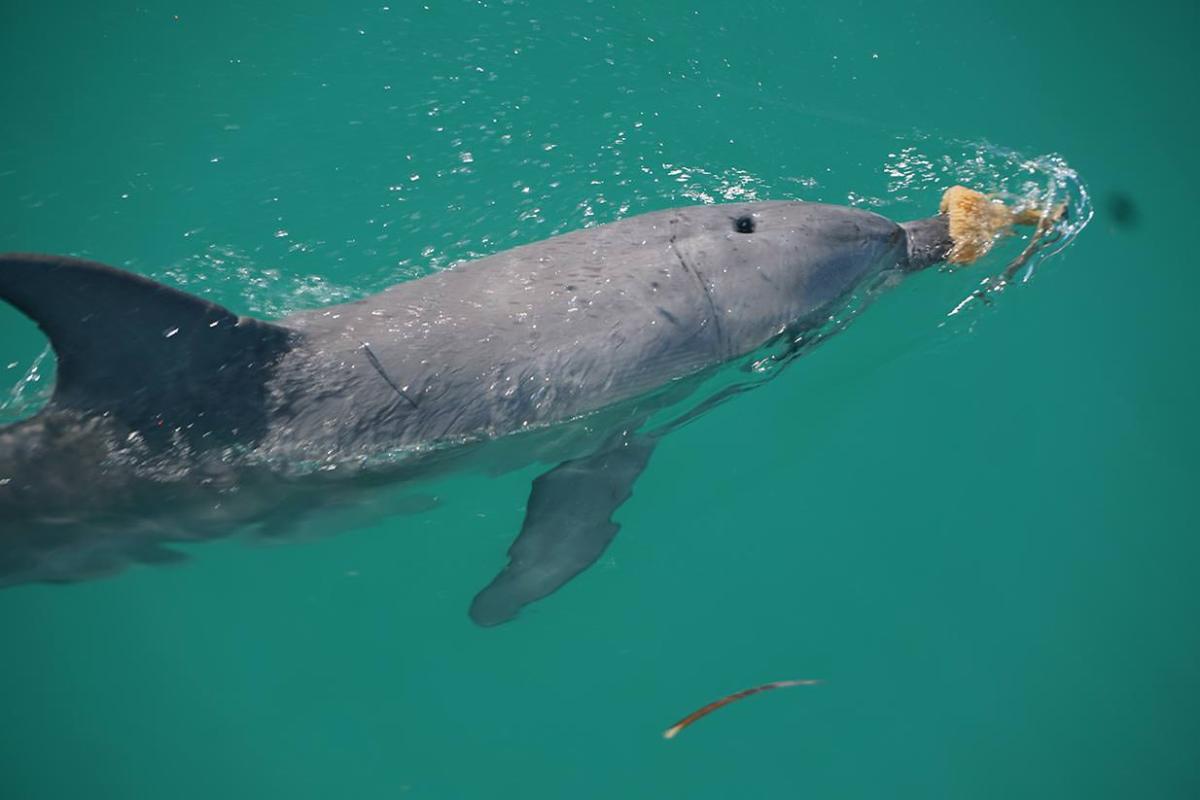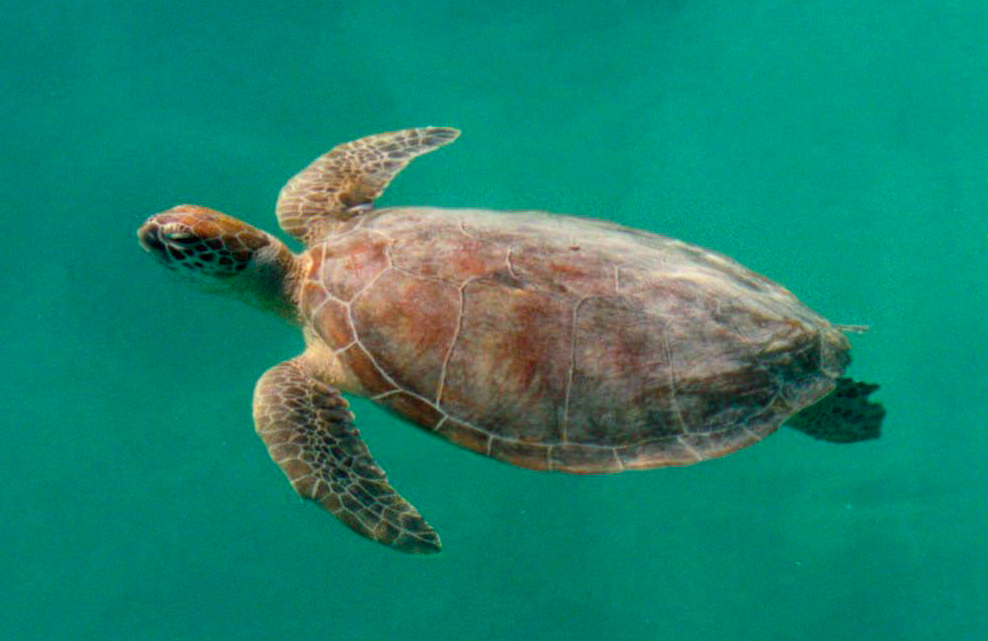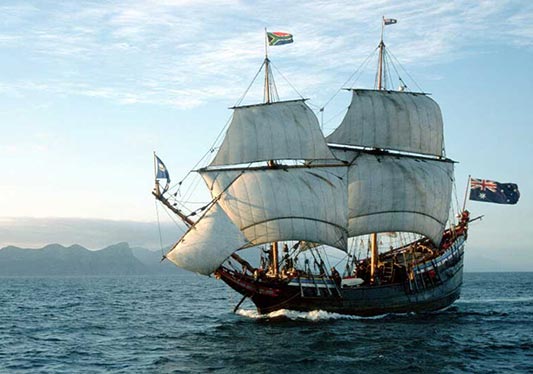Minimising Our Environmental Impact
We operate in a sustainable manner minimising our impact on native species & ecological communities.
We have adopted the following protocols:
- Intensive staff training and induction program as to identify key areas of sensitivity and appropriate procedures
- Minimising interactions with mothers and calves, and breeding couples and keeping interactions with individual wildlife to a minimum
- Minimising engine use in shallow waters to prevent disturbance to the substrate
- Observing wildlife from an appropriate minimum reaction distance
- Route rotation policy to ensure repeated disturbance of wildlife is minimised
- Recycling and using recycled products, non-phosphate detergents and natural cleaning methods

How you can help the environment:
- Please use the toilet facilities onshore prior to departure, to minimise the impact of sewage on the water quality in the Marine Park
- Please keep noise and movement to a minimum if the wildlife approach the vessel
- Please do not feed the wildlife
- Please place all litter in our recycling bins

The History of Shark Bay
It is understood that Aboriginal people have lived in Shark Bay for over 30 000 years and some descendants of the original inhabitants – the Aboriginal people still live in the area today.
Aboriginal People
There are currently about 130 Aboriginal heritage sites in Shark Bay. There is a good selection of tours operated by Aboriginal people in the area who give great insight into the Aboriginal history and the significance of the area. There is evidence of early occupation at a number of locations including midden (large scatters of discarded shells, bone and other food-related artefacts), quarries, rock shelters and burial sites.
Dirk Hartog, a Dutch explorer dropped anchor off what is now known as Dirk Hartog Island in 1616 and was the first recorded landing of a European in Australia.
Shark Bay was first settled by Europeans in the 1850s and became an important centre for pioneer industries during the colonial days. Activities such as mining, pastoralism and pearling helped shape the cultural history of Shark Bay. Fishing has been the economic mainstay since the early twentieth century and more recently, tourism has emerged as a dominant industry – since the area’s spectacular natural assets have become more widely known.


